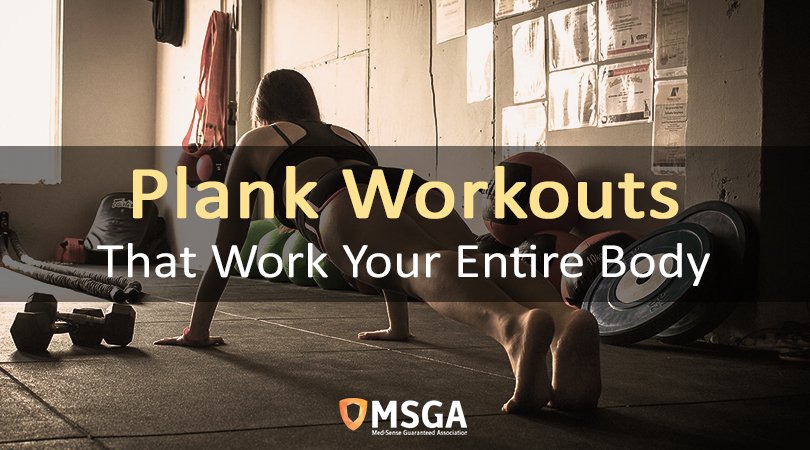Planking is a popular exercise to strengthen and tone your core muscles. It is one of the most important exercises to add to your workout because aside from helping you achieve strong and sculpted abs, it can also benefit your whole body. Planking also benefits the muscles on your hips, back, and legs. It improves your balance, flexibility, endurance, and posture.
Planking has its origins in yoga. The best thing about planking is that people in different fitness levels can do it. It can be modified to accommodate beginners and you can switch it up as you grow in your practice. There are different variations that you can do while planking to enhance its benefits and target different parts of the body. Including the different variations of planking can give you a full body workout.
Plank with leg lift
Challenge yourself to this plank variation. This is a good planking exercise to workout your core as well as your chest, hamstrings, and glutes.
To do this, start with the normal plank position. Make sure your weight is evenly distributed on your forearms and the balls of your feet. Be aware of your body, making sure that it forms a straight line. Then, begin to lift your leg just above the hips. To maximize the benefits, pulse your leg up for 3 counts before you lower it. Repeat this for 10 counts before switching sides.
Side Plank
If you are looking for an exercise routine to workout your waist and back muscles, the side plank is a great planking variation to try.
Start by lying on your left side. Then, stack your ankles together and place one arm just underneath your shoulders. Make sure that your body is well aligned, imagining a straight line from your head down to your heels. Hold this position for 3 counts before you lower your body.
You can further upgrade this move by extending your arm in the air. This not only strengthens your body, it can improve your balance as well.
Plank with knee tucks
This planking variation is a great upper body workout that also benefits your glutes and hip flexor muscles.
To do this, start by positioning your body as you would when doing a push-up. Make sure your palms are firmly planted on the ground. Distribute your weight evenly between your palms and the balls of your feet. While maintaining a straight back, bring your left knee to your right elbow. Do this for 10 repetitions before switching to the other side.
If you want to add some challenge to this workout, extend your leg higher before each knee tuck. This will work your glutes and thighs more.
Getting all the benefits of planking
Using good form is important to do planking safely and to ensure that you get all its benefits. Perfecting the plank can be challenging but with practice, concentration, and being aware of your body, you can do it well. When planking, always make sure that your core is engaged and your weight is distributed properly. If you feel that one part of your body, your palms, for example, is unnecessarily strained, adjust your alignment. As you plank, make sure that you are continuously breathing. Holding your breath can be a sign that you are not doing it properly. Listen to your body and adjust accordingly.

